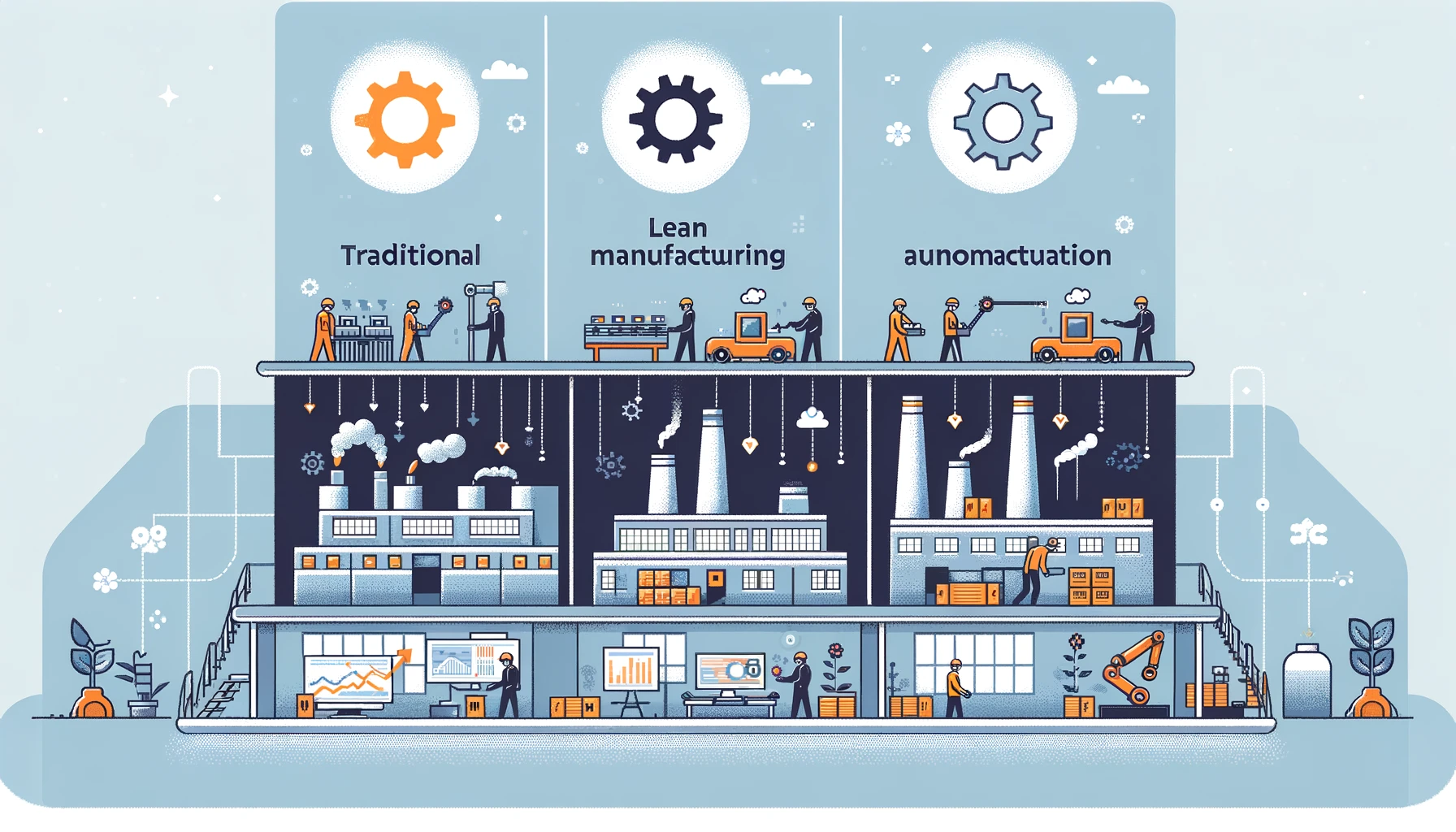The balance sheet, a fundamental component of a company’s financial statements, offers a snapshot of its financial condition at a specific point in time. It lists the company’s assets, liabilities, and shareholders’ equity, providing insights into its financial stability, operational efficiency, and capital structure. This comprehensive analysis explores the advantages and disadvantages of the balance sheet, supplemented by an industry example to elucidate its importance and limitations within the context of IB Business & Management Study.
Understanding the Balance Sheet
Components:
- Assets: Resources owned by the company, expected to generate future economic benefits. Assets are classified as current (cash, inventory) or non-current (property, plant).
- Liabilities: Obligations the company owes to external parties, due within a year (current) or beyond (non-current).
- Equity: Represents the residual interest in the assets of the company after deducting liabilities, including retained earnings and shareholders’ capital.
Advantages of the Balance Sheet
Financial Health Assessment:
- Provides a comprehensive overview of the company’s financial standing, enabling stakeholders to assess its ability to meet short-term obligations and long-term growth prospects.
Liquidity Analysis:
- By examining current assets and liabilities, stakeholders can evaluate the company’s liquidity, crucial for understanding its capability to cover short-term liabilities without additional cash inflow.
Leverage and Solvency Evaluation:
- The balance sheet aids in assessing the company’s leverage by comparing debt to equity, offering insights into solvency and risk levels associated with the company’s capital structure.
Asset Management Efficiency:
- Allows for the evaluation of how effectively a company utilizes its assets, providing insights into operational efficiency and management effectiveness.
Disadvantages of the Balance Sheet
Snapshot Limitation:
- Reflects the company’s financial position at a single point in time, potentially missing out on significant post-balance sheet events or fluctuations.
Historical Cost Accounting:
- Assets are often listed at their historical cost rather than their current market value, potentially misrepresenting the true value of assets and the company’s net worth.
Intangible Assets Valuation:
- Difficulty in accurately valuing intangible assets like brand reputation or intellectual property, which can lead to an underestimation of the company’s value.
Does Not Reflect Future Obligations:
- Certain future obligations or potential liabilities may not be evident on the balance sheet, providing an incomplete picture of financial health.
Industry Example: Retail Company – “RetailCo”
Consider “RetailCo,” a multinational retail corporation, to illustrate the practical application and limitations of the balance sheet.
Application: RetailCo’s balance sheet reveals a significant investment in inventory and property, plant, and equipment, reflecting its retail operations’ asset-intensive nature. The balance sheet also shows a high level of current liabilities, primarily accounts payable, due to its extensive supplier network. Shareholders’ equity indicates long-term investment by owners and accumulated profits.
Advantages Observed:
- Stakeholders use the balance sheet to gauge RetailCo’s liquidity, noting sufficient current assets to cover short-term liabilities.
- The balance sheet’s detailed listing of assets and liabilities enables investors to assess RetailCo’s solvency and financial stability.
Limitations Encountered:
- The balance sheet does not reflect the market value of RetailCo’s prime real estate, potentially undervaluing the company’s actual worth.
- It fails to quantify RetailCo’s brand value, a critical asset in the retail industry, thus not fully capturing the company’s market position and potential for future earnings.
Example:

Conclusion
The balance sheet is an indispensable financial tool that provides vital information about a company’s financial position, including its assets, liabilities, and equity. While it offers numerous advantages, such as assessing financial health, liquidity, and solvency, it also has limitations, including the inability to capture the market value of assets and future financial obligations fully. The example of RetailCo highlights the balance sheet’s role in financial analysis and decision-making, emphasizing the need for a comprehensive understanding of its benefits and limitations. For IB Business & Management students, mastering the balance sheet’s intricacies is crucial for evaluating companies’ financial statements and making informed business and investment decisions.






